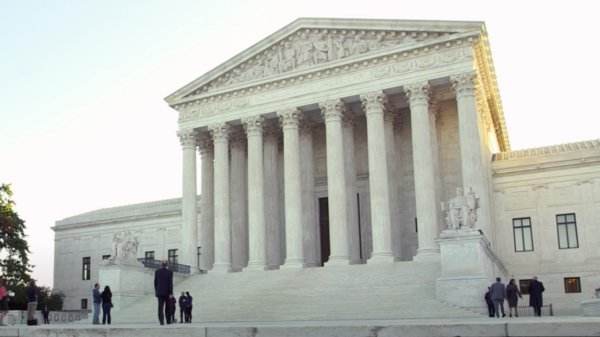
White privilege, as defined by the Cambridge Dictionary, refers to the societal advantages that individuals with white skin experience compared to others. These privileges highlight the existing racial disparities that need to be acknowledged and addressed.

It is crucial to recognize that white individuals often have an easier path in college admissions, accessing top-tier educational institutions and resources more effortlessly, particularly when compared to other ethnic groups (excluding Asians).

Data reveals that at 468 prominent American colleges in 2017, the ratio of white students to minority students was 3:1. Additionally, 73% of students at leading research universities are either white or Asian. This easier access to education directly influences the quality of education white students receive, expanding their employment opportunities post-graduation. Their educational experiences frequently shape their career paths and potential for success.

Many employers still prefer to hire white individuals, giving them more opportunities for job interviews, promotions, and career advancements. This preference creates a divide in the workplace, impacting economic equality among different racial groups. White employees often receive higher salaries than their non-white counterparts, granting them better access to financial services like loans and credit approvals.

White individuals also benefit from favorable mortgage terms and a wider array of investment options, leading to greater financial stability compared to Black or Hispanic individuals.

This perpetuates wealth disparities between racial groups. Disparities in healthcare quality further highlight racial inequalities, with white patients typically receiving better care and access to advanced treatments, resulting in improved health outcomes and life expectancy.

White individuals hold significant political influence and representation, with limited empowerment for non-white groups in shaping policies and legislation. Similarly, in Hollywood, white actors and actresses still dominate media representation and receive more recognition in films, TV shows, news, and advertising, perpetuating racial and gender disparities in pay and opportunities.

White individuals, being more prominently recognized, often hold greater influence across various domains like fashion, beauty, language, and culture. They are perceived as the standard or “cultural authority,” shaping mainstream preferences and norms.

This cultural dominance reinforces stereotypes and overlooks the diverse contributions of other ethnic groups, obscuring the richness they bring to our societal fabric.

White individuals typically experience greater ease in navigating life in America, enjoying more personal freedom without constant concern for public perception. This freedom extends to receiving implicit trust and preferential treatment from institutions.

This disparity suggests racial bias within the justice system, possibly influenced by better representation for white individuals or biases among judges and juries.

In the legal system, white individuals tend to receive more lenient treatment compared to people of color with similar criminal histories. This bias results in lighter sentencing and fewer convictions for white individuals, while people of color face harsher punishments, even for comparable offenses.

Additionally, white individuals often have more positive interactions with law enforcement, potentially contributing to their favorable treatment in the legal system. These dynamics underscore the existence of white privilege and its impact on various aspects of society, from employment to healthcare and the justice system.

Despite some progress in diversifying Congress, white men continue to dominate the political landscape, influencing policy-making from local to national levels.

In the realm of politics, diversity remains limited, with approximately 90% of elected officials in the U.S. being white males.

Affluent areas with superior amenities tend to be reserved for white families, leading to higher property values and safer schools for white individuals. The concentration of wealth in white neighborhoods contributes to shorter life expectancies in segregated Black communities.

While metropolitan areas may become more diverse, neighborhood segregation between white and non-white residents persists. This segregation was evident in California in 2020, where Black Californians faced a housing crisis, highlighting disparities in living conditions.

The perception of unfair treatment towards Black individuals by the police and justice system in America has created significant tension. White privilege often leads to quicker profiling and targeting of non-white individuals as suspects, resulting in unequal treatment that impacts the safety of entire communities.


































